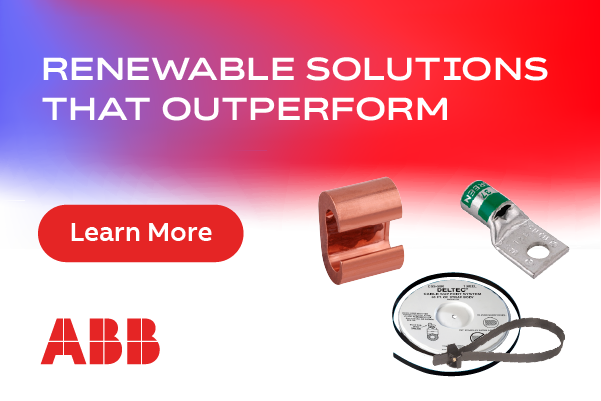Gear Set Reset: How double-enveloping worm technology is driving heliostat dependability
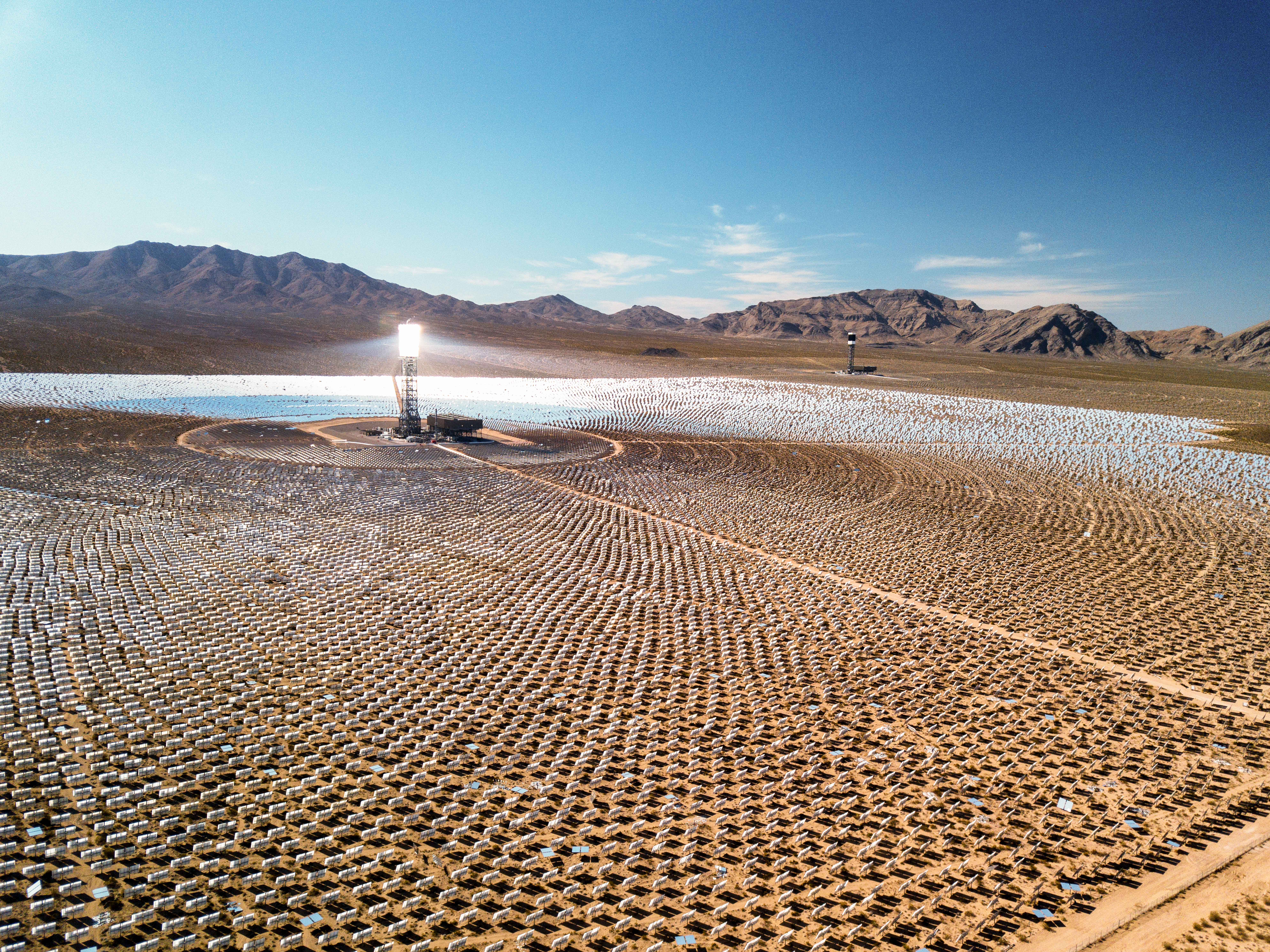
The Ivanpah project in the Mojave Desert uses 173,000 heliostats and is the world's largest concentrated solar power facility, generating an estimated 940,000 megawatt-hours of clean energy a year.
When the average person thinks about solar power, it is likely they will picture a classic photovoltaic (PV) solar panel installation. While less familiar, concentrated solar power (CSP) also has an important role, as countries embrace alternative energy production as a means to address emerging challenges. While building a CSP facility requires far more time and expense than constructing a PV array, CSP facilities can produce a tremendous amount of energy and, most importantly, can store it far more efficiently than PV systems. As a result, CSP facilities tend to offer distinct advantages over classic PV, especially in locations close to the equator with high solar radiation.
The efficient operation of a CSP facility goes beyond the collection tower. A successful CSP installation requires well-constructed heliostats that precisely track the sun throughout the day and reflect its rays onto the heat exchanger atop the tower. While heliostats may appear as little more than large mirrors affixed to support poles, they are actually complex devices that require careful engineering to function effectively over a 30-plus-year life span. Precise movement of each heliostat is essential. They key to this precision? The gear set.
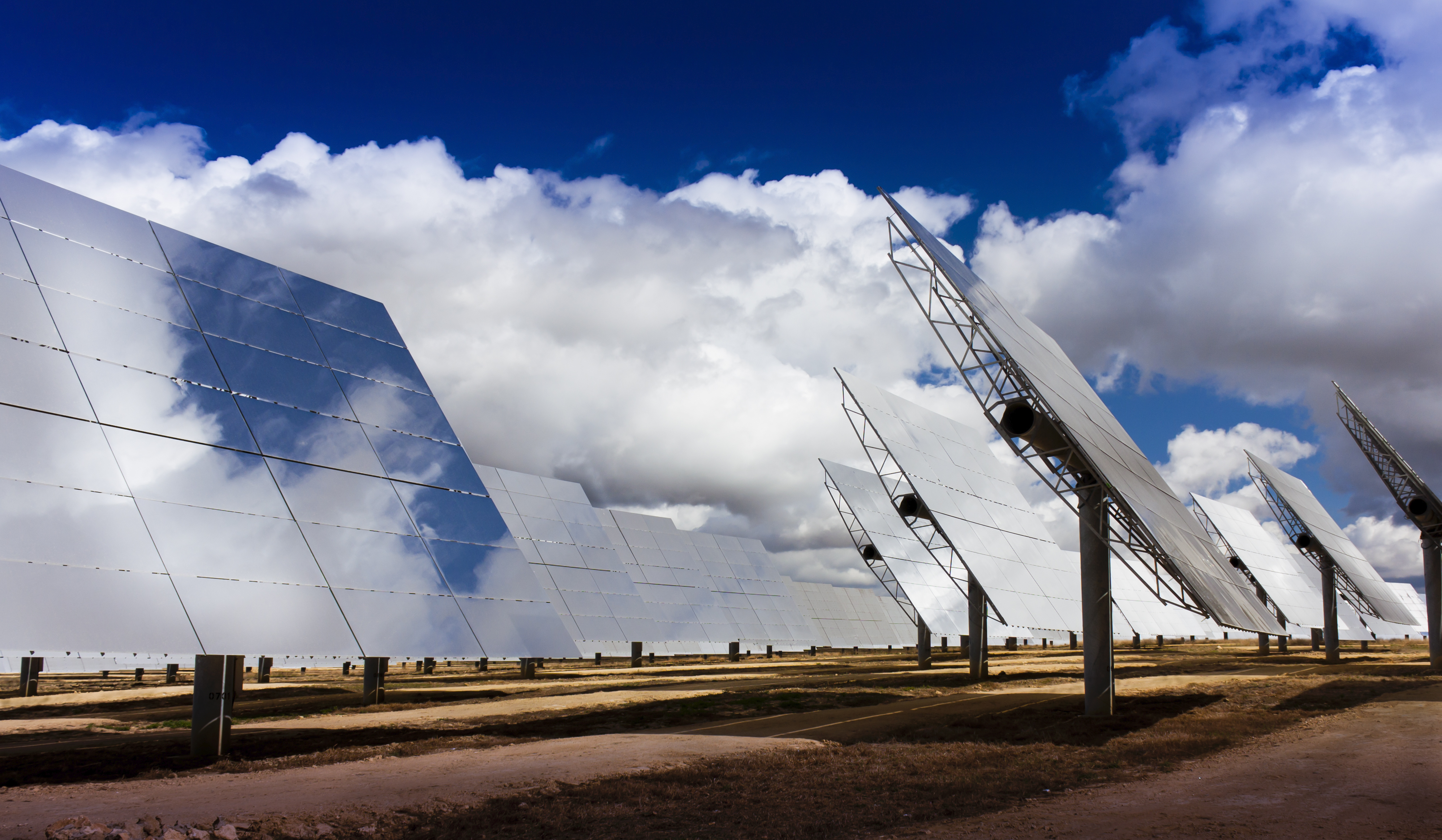
"Heliostat" combines the Greek words for sun ("helios") and stationary ("stat") - in other words, a device that tracks the sun from a stationary point.
Aiming for Extreme Accuracy
Two types of drive systems are used to position heliostats for optimal reflection throughout the day: an azimuth drive that allows for east to west rotation, and an actuator for the vertical elevation of the mirror. Heliostats rotate 270 degrees or more a day along the azimuth drive. These movements - with rotation speeds as slow as .009 RPMs - must be extremely precise to maintain proper alignment. To achieve a proper angle of incidence (where the light rays strike the mirror exactly so) a robust gear design is required, one that employs the same type of technology used to point and position satellite systems and surgical tables.
For azimuth drives, many heliostat makers have come to favor a double-enveloping worm gear design, where the worm and gear wrap around each other. This design offers greater contact between the worm thread and the gear teeth than a standard cylindrical worm gearing. In a double-enveloping design, the curved profiles of the gear teeth match the circular profile of the worm thread, allowing full engagement between the thread and the teeth. Single enveloping worm gear designs can only achieve partial engagement between the thread and the teeth.
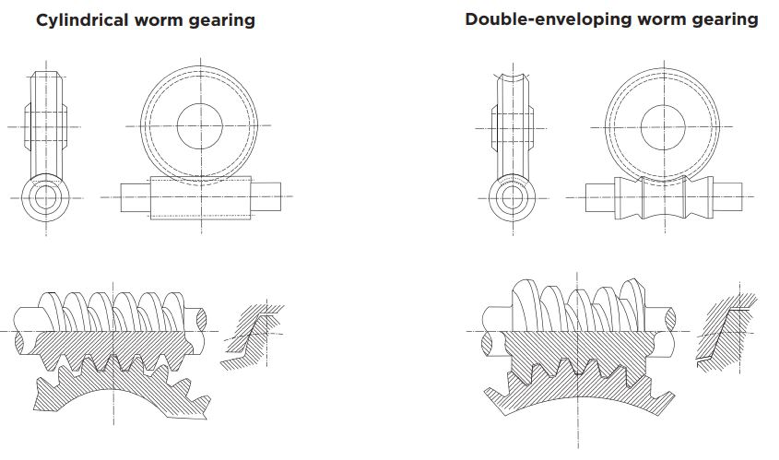
Figure 1 - The mesh of common cylindrical worm gearing (left) provides one to 1 ½ gear teeth in contact with the worm, while the double-enveloping design (right) provides greater tooth contact - up to eight times more than cylindrical worms.
This superior mesh contact translates to higher torque capacity and greater shock load resistance. Double-enveloping gear sets can be optionally spring loaded to be self-adjusting, which helps to compensate for wear and maintain zero backlash integrity (where there is no clearance or lost motion caused by gaps between the teeth and the thread). This is crucial for accurate positioning. As a result, the double-enveloping worm gear set has become a preferred solution for maintaining the ultraprecision required for efficient CSP operations. Across the globe, double-enveloping worm gearing technology can be found in virtually all manner of modern heliostat designs.
Added Structural Stability
The high gear-to-worm contact ratio of double-enveloping worm gear sets also helps to provide stability for heliostats, which are frequently subject to extreme environmental forces. Because heliostats often measure 25 square meters or greater in size, they can act as large sails when strong winds kick up across wide open expanses. Desert windstorms can pack peak gusts up to 190 miles per hour - heliostats must possess excellent structural rigidity to continuously withstand these forces, while holding their position to within fractions of an inch. They must also effectively resist any sand or debris carried along by these potentially damaging winds.
This requires high torsional stiffness, which is an inherent feature of double-enveloping worm gear sets, and mission critical to keeping heliostats exceptionally stable. And while gear set designs with less inherent contact between the thread and the teeth can sometimes be sized up to withstand higher loads and stresses, this is not ideal for several reasons: More weight means more material costs, as well as extra transportation and installation expense, and may also require design modifications to heliostats (to accommodate the larger gear set and added weight).
Additional Considerations
Regardless of the gear set design, it is important for CSP operators to ensure that heliostat gearboxes are properly sealed. Depending on the location of the facility, moisture or salt spray infiltration can pose a threat to reliable heliostat operation. This is in addition to sand, dirt, and debris. Heliostat gearboxes should be designed for zero maintenance - lubricated internally, and sealed up for the life of the device. Some gearboxes must be greased every three to five years, which can quickly amount to a major maintenance headache when it comes to regularly relubricating tens of thousands of units operating in harsh conditions.
There is no such thing as a simple CSP installation; power producers must lean on trusted suppliers to overcome major obstacles. The right technology for the job is one requirement, while the ability to coordinate large-scale deployments across continents is another critical consideration for keeping CSP projects on schedule. Take time to identify suppliers with a proven track record for completing large projects on schedule. After all, the sooner power generation starts, the better. Working with a partner that offers extensive CSP market expertise and a collaborative engineering approach can be invaluable to achieving the best results.
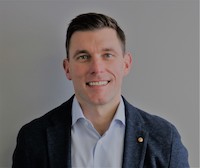 Jacob Randall is Director of Strategic Markets at Cone Drive, a leader in precision motion control technology for diverse markets including solar, automation, aerial platforms, and food and beverage. In the renewables market, Cone Drive produces gear sets for trackers that position solar panels.
Jacob Randall is Director of Strategic Markets at Cone Drive, a leader in precision motion control technology for diverse markets including solar, automation, aerial platforms, and food and beverage. In the renewables market, Cone Drive produces gear sets for trackers that position solar panels.
Cone Drive | conedrive.com
Author: Jacob Randall
Volume: 2019 September/October









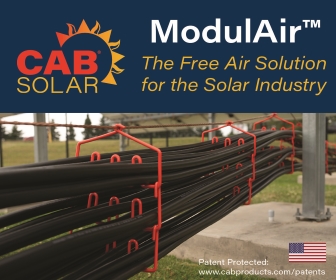

.png?r=3823)
